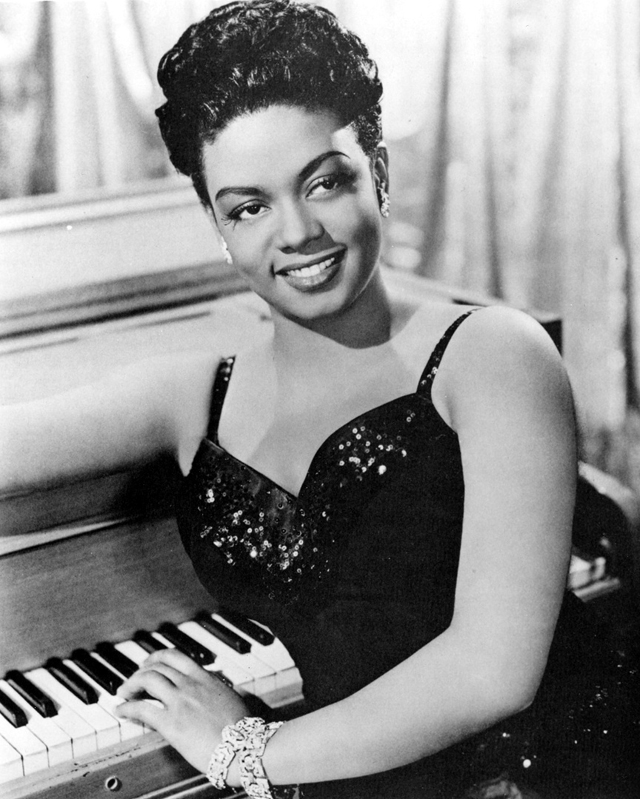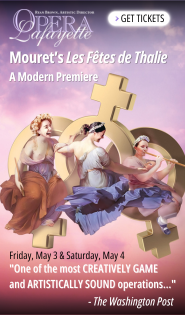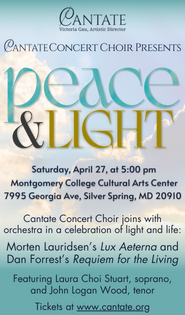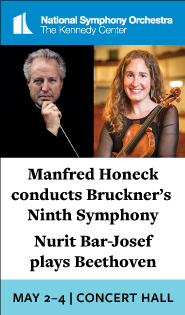Pianist Cann delivers enthusiastic tribute to Hazel Scott for Washington Performing Arts

Michelle Cann performed Wednesday night for Washington Performing Arts.
Last year pianist Michelle Cann became the first African-American appointed to the piano faculty at the Curtis Institute of Music. For the conservatory founded in Philadelphia in 1924, it was a long time coming.
On Wednesday evening, Cann gave a musical tribute to three extraordinary black pianist-composers who had come before her, in a recital presented by Washington Performing Arts at the Sixth and I Historic Synagogue.
Officially the occasion was to mark the centenary of pianist Hazel Scott. Born in Trinidad in 1920, she moved with her parents to New York as a young child. As a jazz singer and pianist, Scott had a flair for the dramatic: you may have seen film of her performing on two pianos simultaneously. She even hosted her own television program, playing with Charles Mingus and Max Roach, until she was blacklisted by the House Un-American Activities Committee.

Hazel Scott
Scott’s training was as much in classical music as in jazz, and she was known for her jazz transcriptions of famous classical pieces. Some of these improvisations were included in her collection, “Swinging the Classics,” from which Cann offered two transcriptions made by another musician from listening to the recording. In the delightful concert opener, Rachmaninoff’s Prelude in C-Sharp Minor had its heavy bass line transformed into stride piano à la Fats Waller.
In enthusiastic commentary, Cann noted that Scott had played that Rachmaninoff prelude, without her jazz updating, at her audition for the Juilliard School. Cann further displayed her own powerful technique in Chopin’s Ballade No. 3, a virtuosic piece that Hazel Scott was known to have performed. Cann’s rendition emphasized poetic phrasing of touch over rapidity or daring exploits, but the chromatic runs and loud climaxes still impressed.
Cann included two works by Florence Price, although it is not certain that Hazel Scott ever played any of Price’s music. Cann gave the moody slow introduction to the first movement of the Piano Sonata in E Minor a sense of introspection, heightening the ragtime-like buzz in the wild development section. The coda featured outsized flourishes reminiscent of the music of Rachmaninoff, who was Price’s near contemporary and audibly a major influence on her.
Price drew on the melodic and harmonic traditions of the spiritual in her slow movement, infused with syncopated rhythms and bluesy chords. At times one heard allusions to specific spirituals, such as “Give Me Jesus,” rather than actual quotations. The third movement dazzled in its rapid repeating main theme, something like a tarantella, with another nod to Rachmaninoff in the poignant B section. From the way Cann played this sonata, it was easy to see why it won Price a prize at the 1932 Rodman Wanamaker music contest.
For an actual setting of a spiritual, Cann turned to Price’s Fantasie Nègre No. 1, from 1929, also set in the key of E minor. In the most moving part of the pianist’s rapid-fire talks between pieces, Cann sang a verse of the spiritual “Sinner, Please Don’t Let This Harvest Pass,” which is used as a theme for virtuosic variations in this piece. Her familiarity with the original tune informed how Cann brought out the melody even in its most complex, Lisztian garb.
Price dedicated that piece to another prominent pianist-composer, Margaret Bonds, who had studied with Price and whose family had taken Price in for a time following her divorce. Cann paired it with a spiritual setting by Bonds, Troubled Water, a brief work published in 1967 and based on the spiritual “Wade in the Water.” In a nice unifying element, this piece was also in E minor, with the tune recast in shimmering major in the middle section.
If anything, these pieces referencing jazz and spirituals were just as virtuosic as the Chopin and Rachmaninoff pieces juxtaposed with them, maybe even moreso. Cann used her own striking technique to illustrate that point: Scott, Price, and Bonds used American music in a way parallel to how Chopin and Liszt referenced the folk music of their native countries.
The program came full circle with another of Hazel Scott’s jazzed-up transcriptions, her absolutely hilarious take on Liszt’s Hungarian Rhapsody No. 2. The Hungarian composer’s filigree runs have never felt as close to the dizzy-fingered antics of Art Tatum. Scott played a version of this arrangement as early as 1941, and it was perhaps the inspiration for another famous Liszt parody, the 1946 “Cat Concerto” episode of the cartoon Tom and Jerry.
Washington Performing Arts will announce its 2022-2023 season next month. washingtonperformingarts.org


